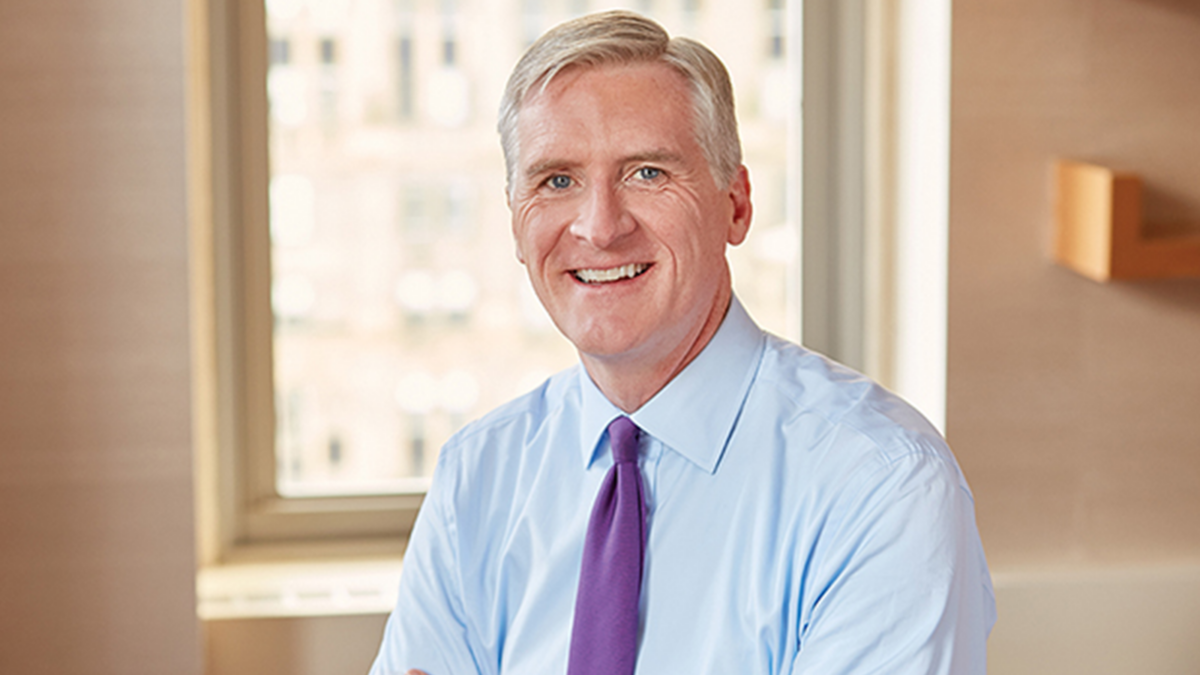Impending US recession provides opportunities for sage investors: Royce
Officially speaking, the US economy is not in a recession, but hardly a day goes by without some mention of the word ‘recession’.
Most economists are predicting one, corporate management teams are preparing for one, and even the minutes from the US Federal Reserve’s (Fed) March Federal Open Market Committee meeting included a projection that the US economy will enter one later this year.
In fact, fear of an impending recession has been hashed out for more than 18 months now. The reasons are myriad, be it the inversion of the yield curve, the unprecedented speed at which the Fed has been raising rates, or ongoing geopolitical uncertainty. What you do not hear much about in these uncertain days, however, is what shape a recovery would take and how investors should position themselves.
From our perspective, the likelihood of a recession seems to have been growing of late and has certainly been well-telegraphed, with certain observers having promised one for at least the last year. We think these warnings of widespread demand destruction have given well-managed companies ample lead time to prepare while also allowing for the lion’s share of the negative economic news to have been priced in to select small caps. At the end of the April, the average stock in the Russell 2000 Index was down -35.3 per cent from its 52-week high through the end of April.
While the catalyst for a recovery is, like so much else, not clear now, one is likely to eventually emerge, and we think investors should start positioning themselves accordingly. Related to this is the fact that small caps’ historical performance patterns show that below-average longer-term return periods have been followed by above-average longer-term return periods.
When five-year annualised returns for small caps are 5 per cent or less, as they are as of this writing, history has shown that subsequent annualized three-year returns have been positive 100 per cent of the time – that is, in all 84 three-year annualized periods – and averaged 17.7 per cent, which was well above the monthly rolling average three-year return of 9.8 per cent since the Russell 2000’s 12/31/78 inception.
The small-cap index also enjoyed positive annualized five-year returns 100 per cent of the time – that is, in all 81 five-year periods – following five-year periods when annualized returns were 5 per cent or lower. In fact, the Russell 2000 averaged an impressive five-year return of 14.9 per cent, well above its monthly rolling five-year return since inception of 9.6 per cent. In this context, it’s worth noting that the average annualized five-year return for the Russell 2000 was 3.2 per cent as of 5/9/23 and 4.7 per cent for the five years ended 3/31/23.
Given the constant short-term focus of the markets today, it can be difficult to look out three to five years to an environment where the economy and markets are likely to be growing again.
We believe the small-cap environment is replete with opportunities, with what we think are attractive valuations in many cases.
So, while the near-term view remains cloudy, and recession remains a possibility, its length and severity are unknowable. In addition, the small-cap market appears to have largely discounted this outcome. We also know that any recession, like any bear market, is ultimately finite and will in all probability be succeeded by a recovery.
While the catalyst for a recovery is equally unknowable, we continue to patiently use this volatile market to position our portfolios for the recovery that will undoubtedly come.
*Francis Gannon is Co-CIO at Royce Investment Partners.










